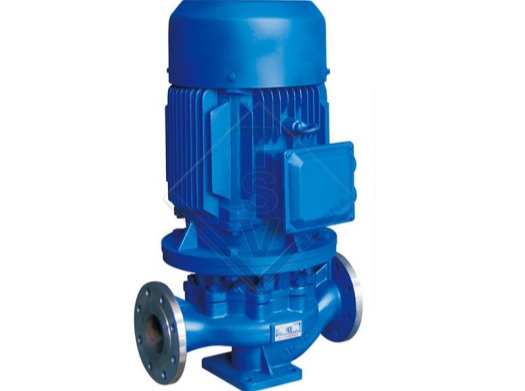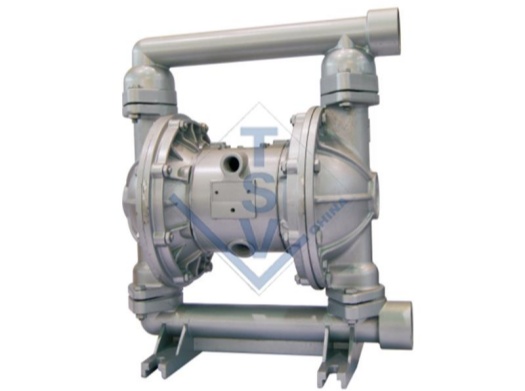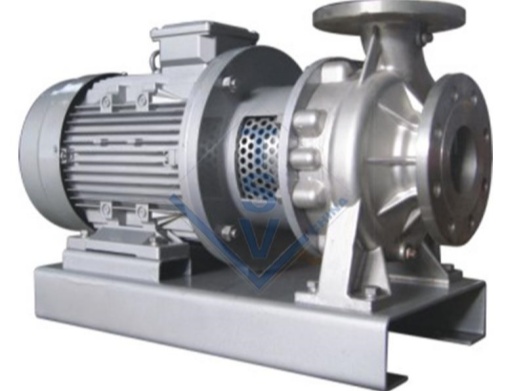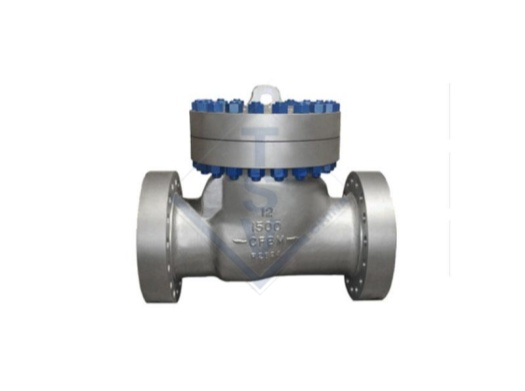A Flanged Swing Check Valve is a type of check valve designed to allow fluid flow in one direction while preventing backflow in the opposite direction. It features a flanged end connection, which allows for easy installation and secure attachment to piping systems using bolts. The valve operates using a swinging disc or flap that opens with forward flow and closes automatically when the flow stops or reverses, ensuring reliable backflow prevention.
Key Features:
-
Material: Typically made from materials such as cast iron, carbon steel, stainless steel (e.g., CF8M), or other alloys, depending on the application and fluid compatibility.
-
Swing Disc Design: Features a hinged disc that swings open with forward flow and closes by gravity or backpressure when the flow stops or reverses.
-
Flanged Ends: Equipped with flanged ends for easy installation and secure connection to flanged piping systems.
-
Pressure Rating: Available in various pressure ratings (e.g., 150#, 300#, 600#) as per ANSI, ASME, or API standards.
-
Temperature Range: Suitable for a wide range of temperatures, depending on the material and seat design.
-
Sealing: Uses metal-to-metal seating or soft seats (e.g., rubber or PTFE) for tight sealing and durability.
-
Automatic Operation: The disc operates automatically based on flow direction, requiring no external power or manual intervention.
-
Full Port or Reduced Port: Available in full port (full bore) or reduced port designs, depending on flow requirements.
Advantages:
-
Backflow Prevention: Effectively prevents reverse flow, protecting equipment and pipelines.
-
Low Pressure Drop: The swing disc design minimizes pressure drop when the valve is fully open.
-
Easy Installation: Flanged ends allow for quick and secure installation in piping systems.
-
Automatic Operation: No external power or manual intervention is required for operation.
-
Durability: Robust construction ensures long service life, even in demanding environments.
-
Versatility: Available in various materials, sizes, and pressure ratings to suit different applications.
Considerations:
-
Orientation: Must be installed in the correct orientation (horizontal or vertical) to ensure proper operation.
-
Disc Movement: The swinging disc may cause water hammer in high-pressure systems, requiring additional measures (e.g., dampers or slow-closing mechanisms).
-
Size and Weight: Larger sizes can be heavy and may require additional support during installation.
-
Maintenance: The hinge mechanism and disc may require periodic inspection and maintenance to ensure proper functioning.







 Request a Quote
Request a Quote